Distance from Gdynia to Gdańsk
- Image
-
- Title
- Distance from Gdynia to Gdańsk
- Description
-
21km
Loved by travellers for its layers of history and stunning cities, Poland is perfect for a driving holiday that easily threads together its top destinations. Like beads on the amber necklaces sold throughout the country, Poland’s must-see attractions string together northern coastal hotspots, central cultural gems, and the mountain playgrounds of the south. Along the way, discover the contributions that this spirited nation has made to the world, from astronomy to gingerbread, and of course its resilience in the face of the twentieth century’s darkest moments.
A young, modernist city on the Baltic Sea, Gdynia is the arrival port for Stena Line passengers coming from Karlskrona, Sweden. With beaches, waterfront restaurants, a marina, an aquarium and plenty of museums, it is an easy place to spend time. It's also a great starting point as you explore Poland’s wonderful coastline. The neighbouring city of Sopot has a magnificent wooden pier and lively nightlife during the summer months. Further north, the moving sand dunes of Łeba and Słowiński National Park have great walking trails. For charming coastal villages and fresh seafood, a drive on the Hel peninsula is highly recommended.
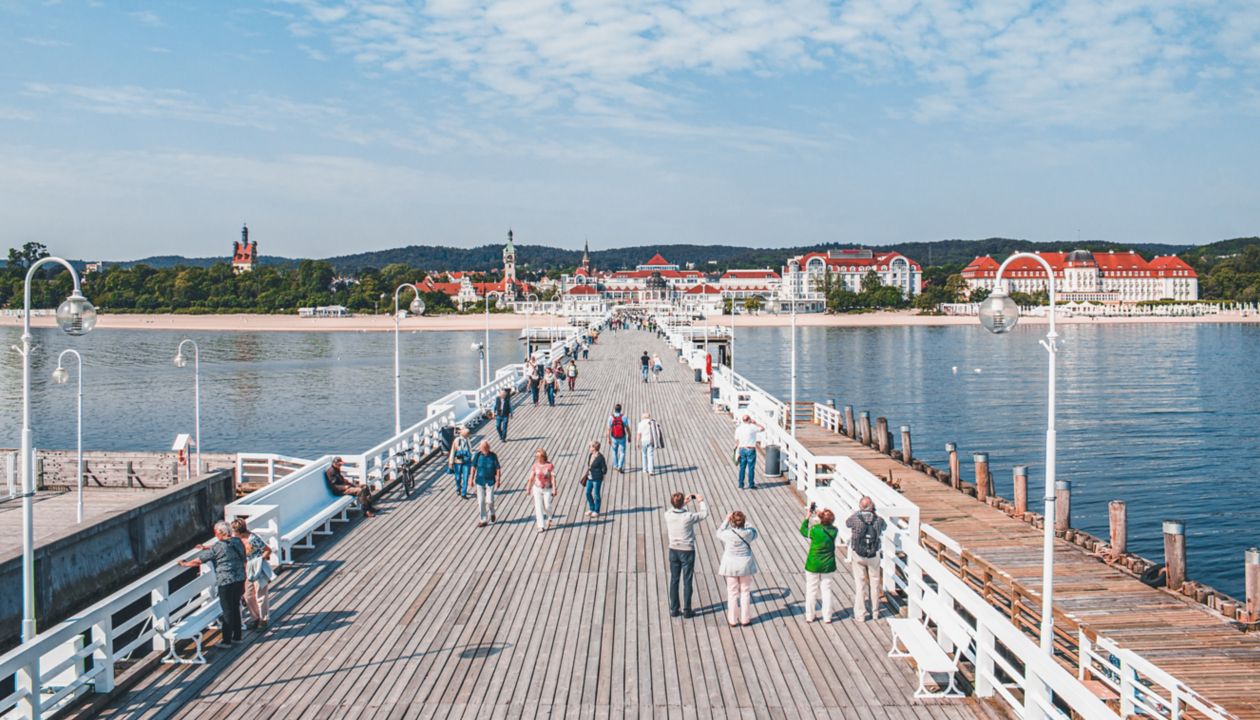
The largest of the coastal city trio, Gdańsk stands out for its history, as well as for the elegant buildings and narrow, cobbled lanes of the Old Town. Take it all in with an historical cruise, browse the cafés and shops on Long Market, look down on the city from the top of St Mary’s Church, and walk in the footsteps of kings and armies along the Royal Route. But it isn’t all about the distant past - a modern port city, the food scene is full of exceptional takes on traditional Polish cuisine. If you’re interested in more recent history, visit the Museum of the Second World War or the European Solidarity Centre to learn about the defeat of communism.
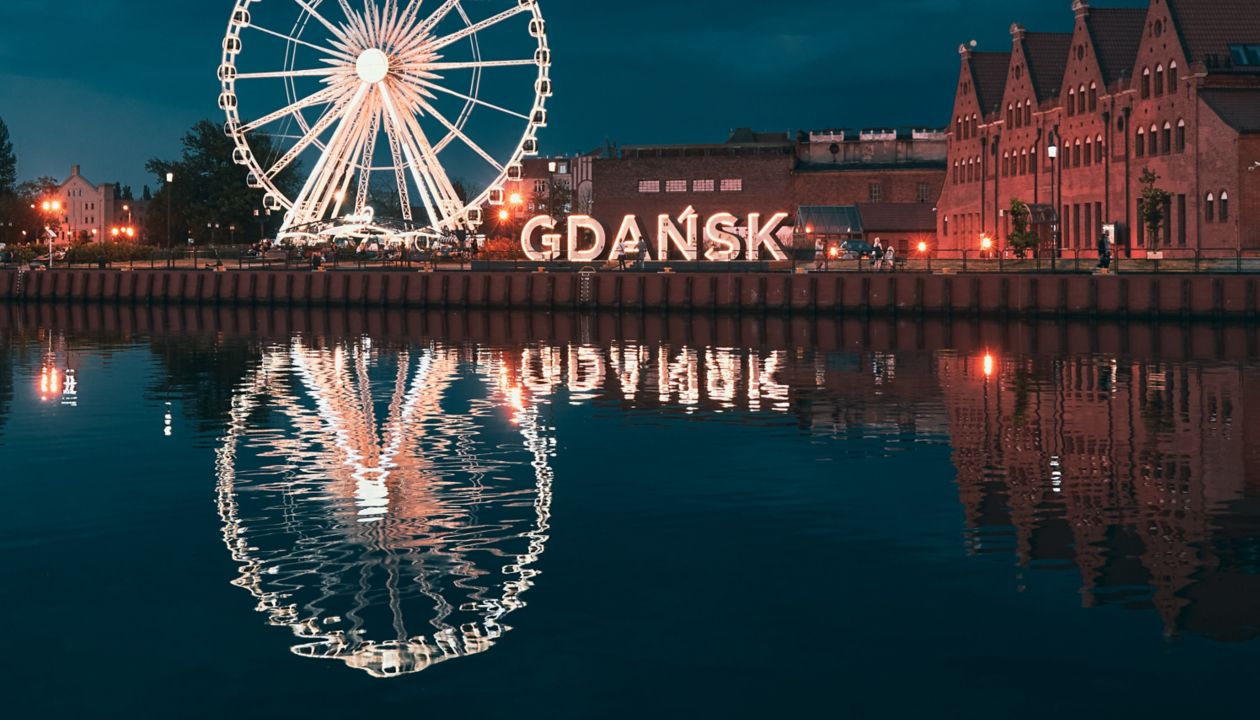
An hour south of Gdansk, this sprawling 13th century castle is apparently the largest in the world when measured by land area. Built by the Teutonic Order and now a UNESCO World Heritage Site, the impressive red brick fortress has fought off enemies and housed kings for hundreds of years from its position on the banks of the Nogat river. With three castles separated by dry moats and towers, you can spend hours exploring its ornate rooms and cloistered passages. Don’t miss the museum collections too – from ceramic and amber to those preserving the castle’s amazing architectural details.
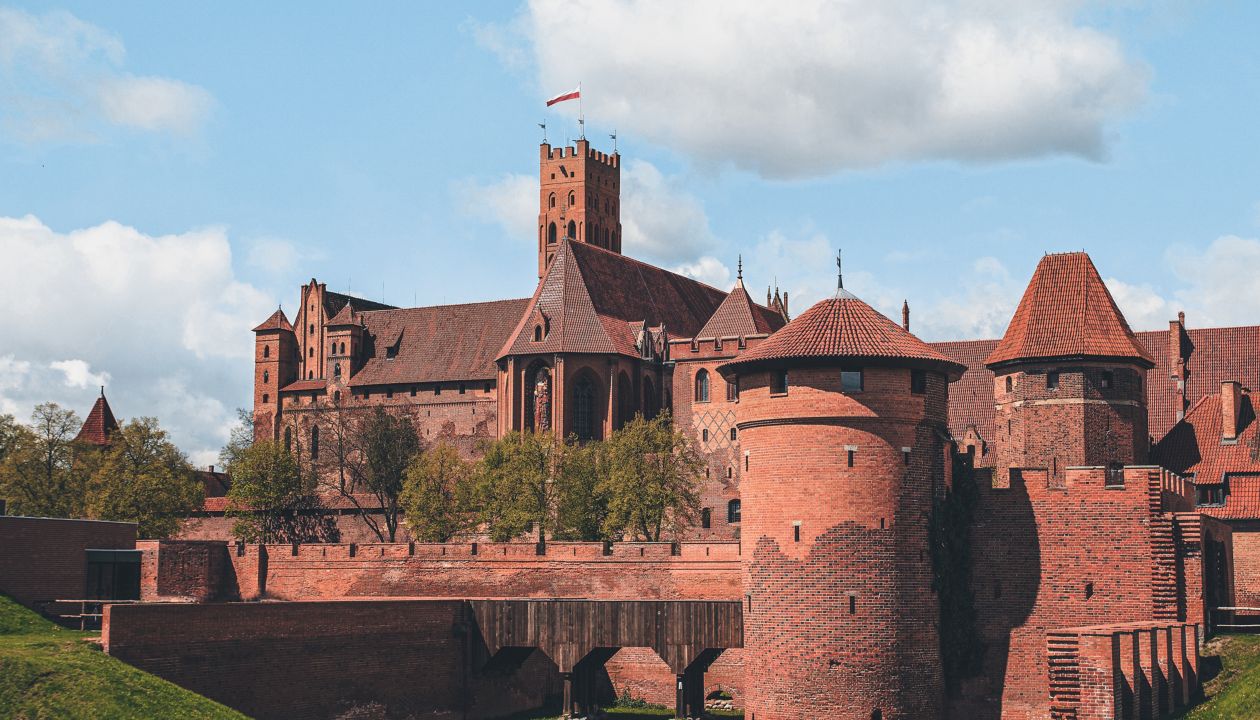
The former war bunkers of Adolf Hitler, Wolfsschanze is a complex of more than 200 bunkers, shelters and barracks in the Gierłoż forest, less than three hours east of Gdansk. The German war machine made many important decisions here during the war, plus it saw a failed assassination attempt on the Führer in 1944. Nowadays, the forest is reclaiming its space from the crumbling concrete structures. It makes for a powerful atmosphere as you explore a complex that was once the epicentre of Nazi war strategy, but now lies in ruin.
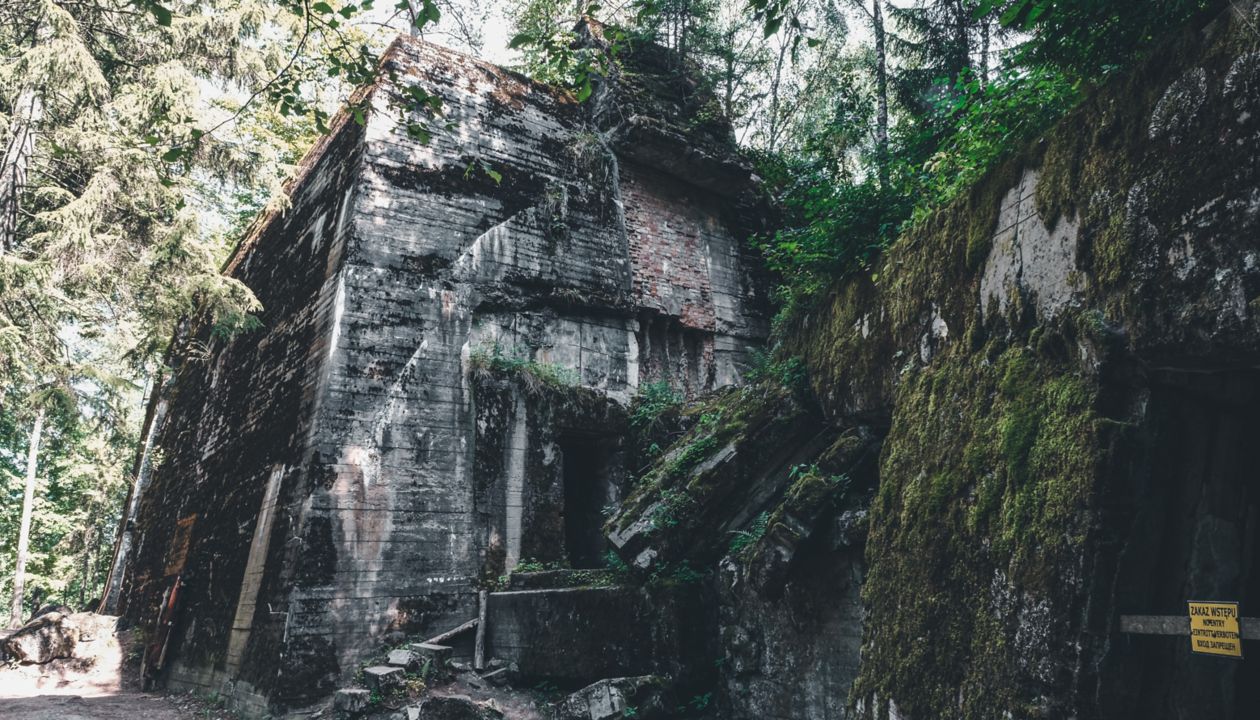
One of Poland’s oldest towns, Toruń is full of Gothic architecture, medieval monuments and beautiful sculptures – and it’s just a two-hour drive from Gdansk, or three hours from Warsaw. Aside from being a gorgeous place to wander, popular attractions include Copernicus House, the birthplace of renowned astronomer and mathematician Nicolaus Copernicus. It's now a museum of his life, but head to Toruń’s Planetarium if you want to view today’s sky in ways Copernicus could only have dreamed of. Back on earth, the Museum of Gingerbread offers a history of this tasty delicacy that was first created here, and the Centre of Contemporary Art is also worth a visit.
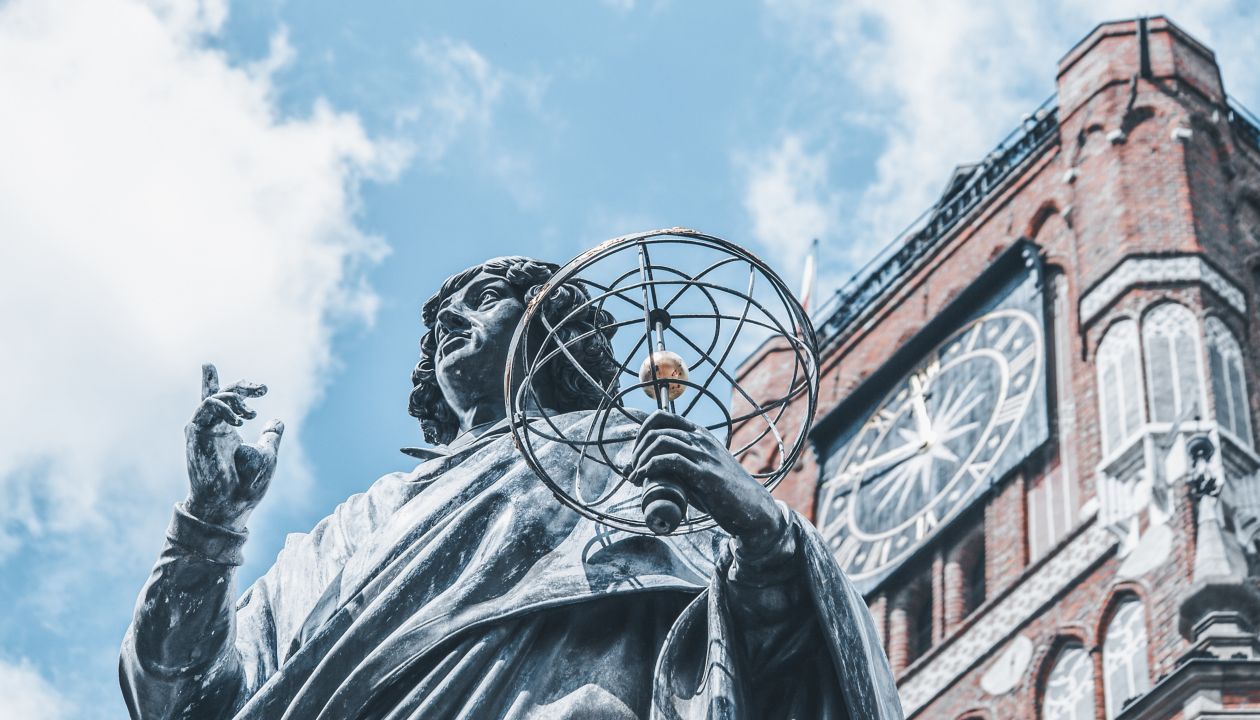
At the heart of Europe, Poland’s capital pulls together everything you would want in a modern city – history, art, culture, good food, quirky neighbourhoods and lively nightlife - and sprinkles it with true Polish spirit. Rebuilt after the bombings of World War II, the Old Town is now a UNESCO World Heritage Site and a great place to start exploring. Its central hub is Market Square, where beautiful buildings and outdoor cafes line the pavements. In winter, an outdoor ice-rink adds to the atmosphere. Throughout the city, the Palace of Culture and Science claims the skyline and it’s worth climbing up 230m to the viewing deck, if you don’t mind heights. Also, don’t miss out on the Warsaw Rising museum – an astonishing tribute to the Warsaw residents who resisted Nazi invasion in 1944.
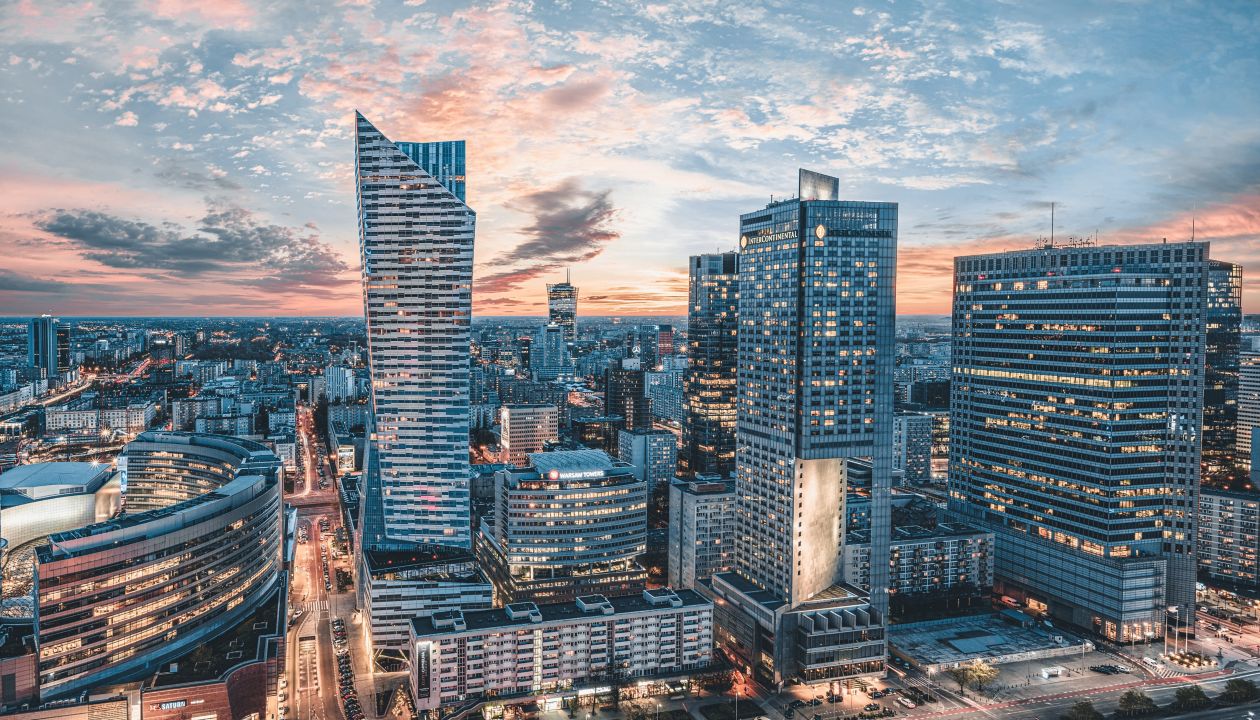
For one of Poland’s best preserved medieval quarters, keep driving to the southern city of Kraków. At its heart is Main Market Square - a UNESCO World Heritage Site and the second largest square in Europe. Full of cafés and hotels, it is overlooked by the imposing Gothic spires of St Mary’s Basilica, the Renaissance architecture of Wawel Royal Castle and Cathedral, and the iconic presence of the Cloth Hall.
Outside of this fabulous square, the river carves through the city, linking up many vibrant neighbourhoods. Be sure to visit the bohemian charm of Kazimierz, the city’s Jewish quarter and home to Schindler’s Factory – one of the best museums in the city.
An easy day trip from Kraków is a tour of the Wieliczka Salt Mines. One of the oldest and largest in Europe, the network of salty tunnels and chambers takes in underground lakes, an underground chapel complete with salt sculptures, and a museum dedicated to those who once worked the mines.

Just over an hour from Kraków, the former German Nazi concentration and extermination camps near Oświęcim attract two million visitors each year. The symbolic focus of the Holocaust – and a memorial to the Polish and Roma who were also killed by the Nazis - it is a harrowing place to visit. An estimated 1.3million people were sent to Auschwitz, and 1.1million died through gas chamber, starvation, disease, medical experiment and forced labour. But it is the personal details that hit hardest – the photographs, the mounds of cut hair, the labelled luggage. Many visitors don’t realise how much the museum will affect them until they stand amongst the rubble where so many lives were extinguished.
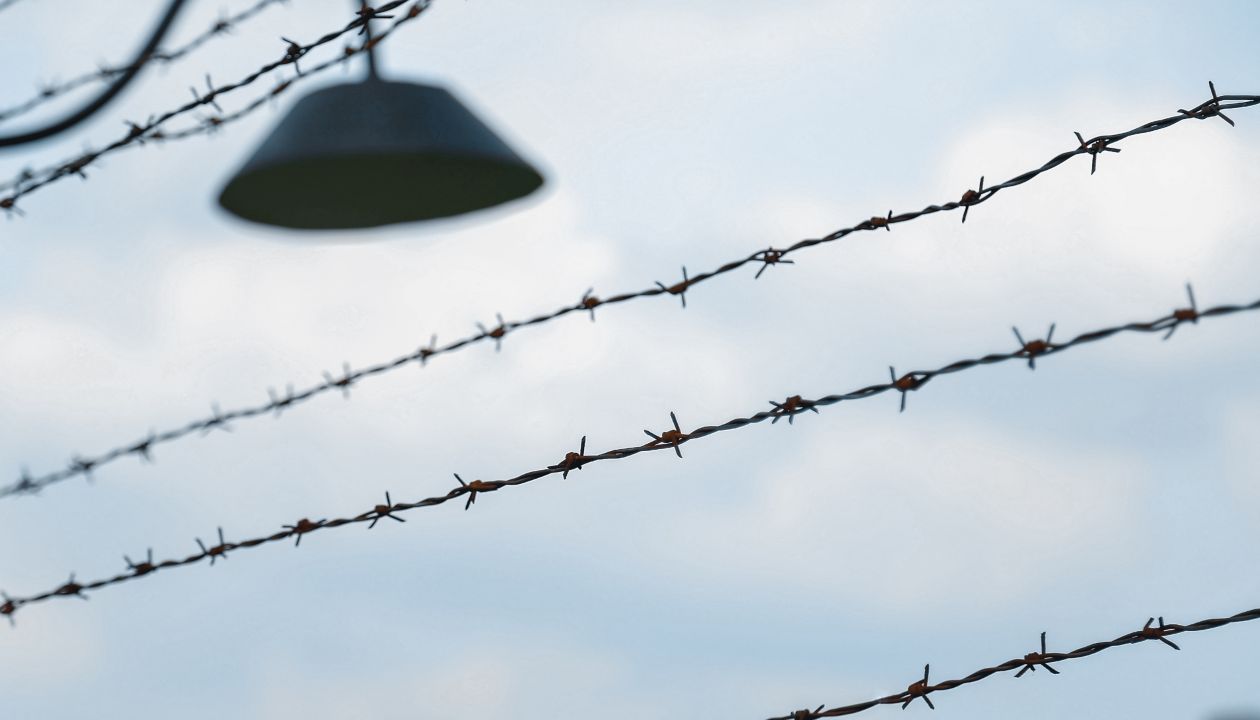
If your brain (or your kids) needs a break from all the history and culture of Poland, make a beeline for Poland’s largest rollercoaster and waterpark, Energylandia. An hour from Kraków, it has zones for every age, stage and thrill level – think Fairy Tale Land, Dragon Town, Extreme Zone, Aqualantis and more. This destination will raise your heartrate and put a smile on everyone’s faces.
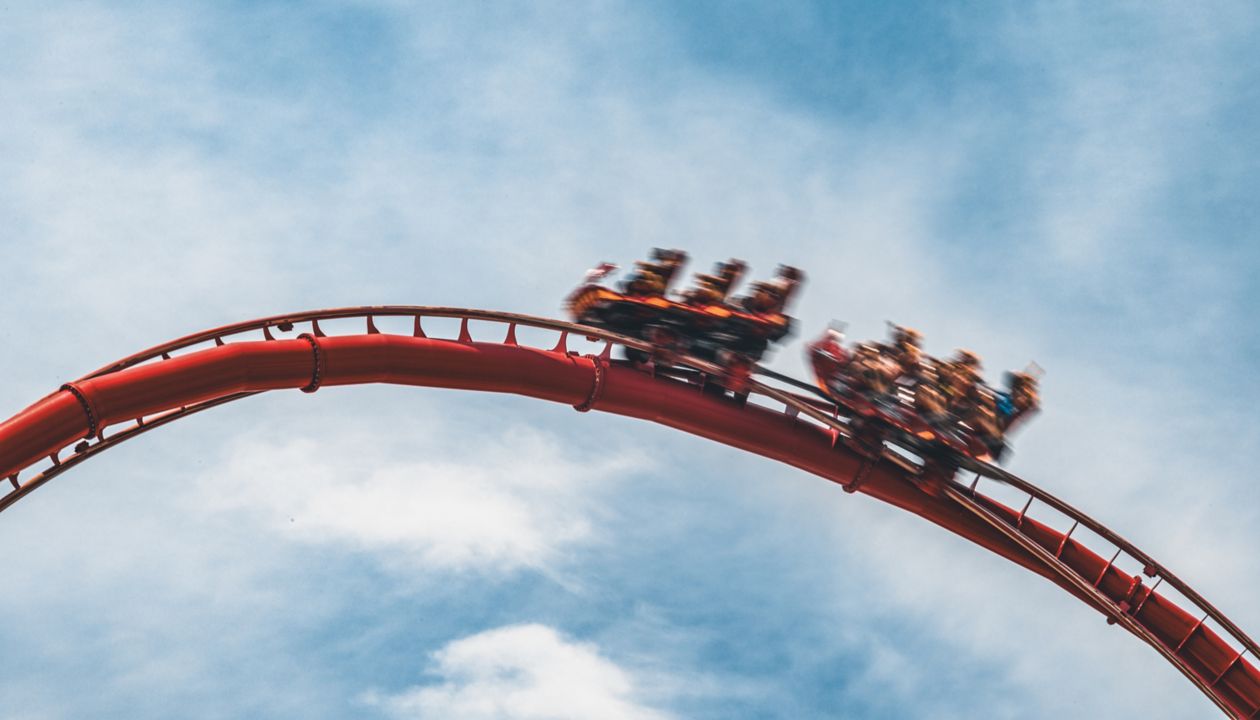
In the far south of Poland, the popular winter resort of Zakopane is a snow sports paradise. But don’t only visit in the colder months! Offering spectacular views of the Tatra mountains, as well as great hiking, biking and rafting, this is a year-round destination for outdoor adventurers. For those looking to stretch their legs, a hike around Morskie Oko lake is worth the effort for the views. The town itself is postcard perfect, with its wooden houses and cultural traditions. The local food and craft market is popular with tourists – make sure to taste some traditional smoked cheese known as Oscypek - as well as the town’s thermal baths which help ease any aching limbs.
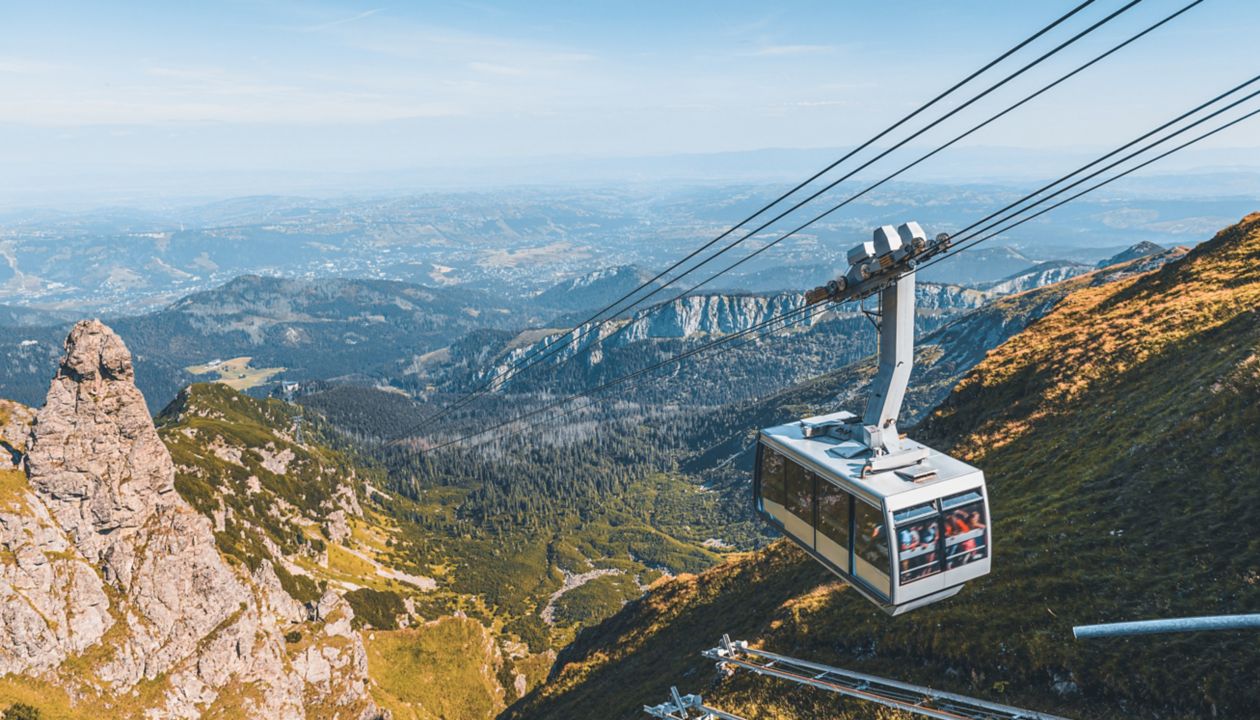
21km
170km
259km
291km
Poland has been a film set for many big productions over the years, including Netflix’s The Witcher, The Chronicles of Narnia: Prince Caspian, Steven Spielberg’s Bridge of Spies and Schindler’s List.
You haven’t been to Poland unless you’ve tried Pierogi. These dumpling dishes can be found everywhere from street vendors to fine-dining restaurants and come stuffed with many tasty variations.